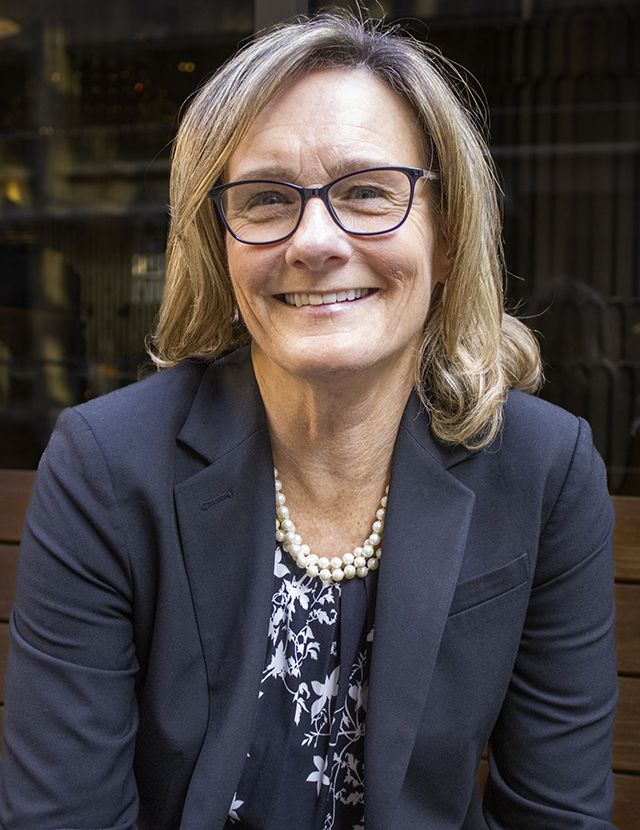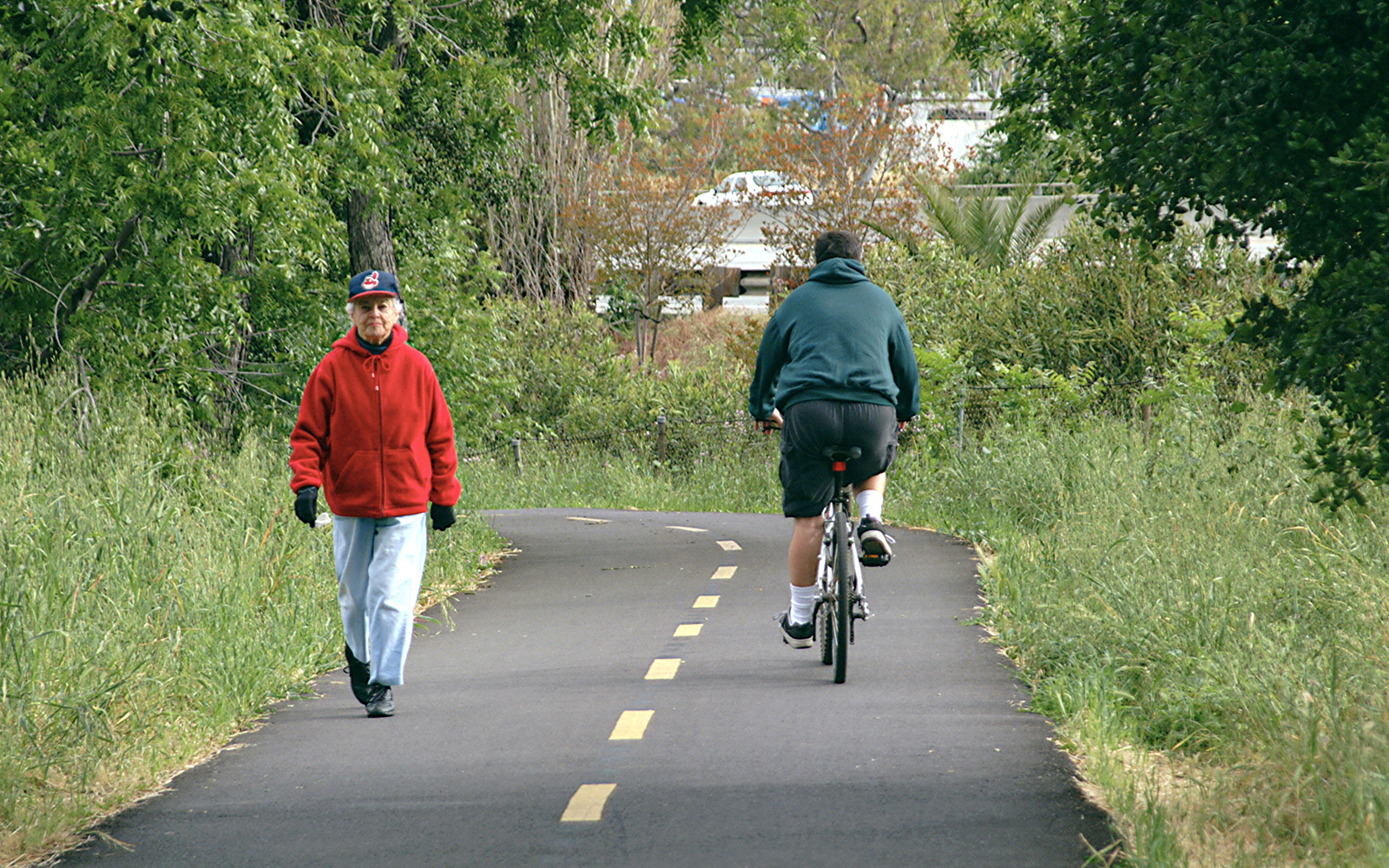|
Getting your Trinity Audio player ready...
|
A few years ago, Kerrie Romanow brought a resolution before the San José City Council, calling for the city to accelerate its climate efforts and to go carbon neutral by 2030.
It was as California saw some of the largest wildfires it had seen in its history, destroying thousands of structures and affecting the health of millions with toxic smoke. It was also as the Intergovernmental Panel on Climate Change continued to sound off on rising global temperatures spurred by human-caused warming.

While San José had already set itself apart from other cities with its aggressive climate actions, Romanow knew the city needed to do more to get in front of the troubling future being foretold by the world’s leading experts.
“The reports from international research firms have been saying that things are getting worse, not better, so what the world is currently doing is inadequate,” says Romanow, the city’s chief sustainability officer. “The resolution was really just saying to our council that, as a city, we need to step up and to not only do it better but faster. As we figure out how to do it, the smaller cities can also adopt those practices. Part of us forging a path makes it so others can do the same thing.”
The resolution was unanimously approved, making San José the largest city in the US to adopt such a commitment. To reach carbon neutrality, which is having net zero greenhouse gas emissions in a given year, Romanow and her team are focused on helping the city reduce greenhouse gas emissions in three key areas: buildings, transportation and power sources, with the first two making up about 85 percent of the city’s emissions.
Climate Change Action
Three steps San José is taking to address climate change
- Forming the city-wide Climate Advisory Commission in 2023
- Electrifying homes to lower greenhouse gas emissions
- Prohibiting natural gas infrastructure in new construction
“It’s really rewarding to see how people are collectively saying, ‘We need to step up and play our part,’” she says. “I’m gratified to hear a lot of positive input from all parts of our community. It’s not just the people who can afford to do it who think it’s a great idea.”
So far, the city has required new all-electric construction while providing education, training, and incentives to contractors and residents, so they can make energy-efficient improvements to existing buildings. It has been finding opportunities to invest in pedestrian infrastructure to make the city more bikeable and walkable. The city, which has the highest electric vehicle uptake in the country, has also offered various rebates and incentives to zero-emission vehicle drivers.
An important part of these efforts, Romanow says, has been partnering with different community groups, leaders, and members to prepare the workforce for the city’s all-electric transition.
“We’re training the future,” she says. “If we want to go to all electricity, we have to have a workforce that can install that new equipment and today, that workforce isn’t robust enough,” she says. “So, we’re doing workforce development because we know those jobs will be there, so our focus will be on helping folks transition to new employment or helping youth understand that it will be a great job market.”

“We’re starting with incentives and education, and building the workforce,” she continues, “so by the time we actually have a volume of work we actually will be able to support it.”
Prior to her current role, Romanow worked at an environmental regulatory agency, at a private semi-conductor company, and as a consultant—experiences that helped prepare her spearhead the city’s innovate climate strategies today.
Net Neutrality
Four of San José’s net neutrality strategies
- Move to zero emission vehicles and accelerate the shift to electric vehicles
- Reduce vehicular travel miles by 20% by encouraging walking, biking, and public transit
- Switch and reduce fossil-fuel-powered appliances by encouraging upgrades to electric appliances
- Power community with 100% carbon-neutral electricity
“All of those things created a nice basis for my work in the public sector because as I’m talking to business and regulators, I have a good appreciation for both perspectives,” she explains. “I’ve been putting those together to help create policies that get us to the goal but in a cost-effective way.”
As a leader, Romanow believes her team can always do more than they think they can. She prides herself on both “stretching them and putting confidence in them.”
“I have a very diverse team with a lot of opinions, generations, races, and genders, and those differences help create dynamic conversations and plans,” she says. “I like to play to their strengths and push their limits. If you’re not making a mistake, here and there, you’re probably not pushing yourself. We don’t worry too much about mistakes, we just worry about moving forward.”


